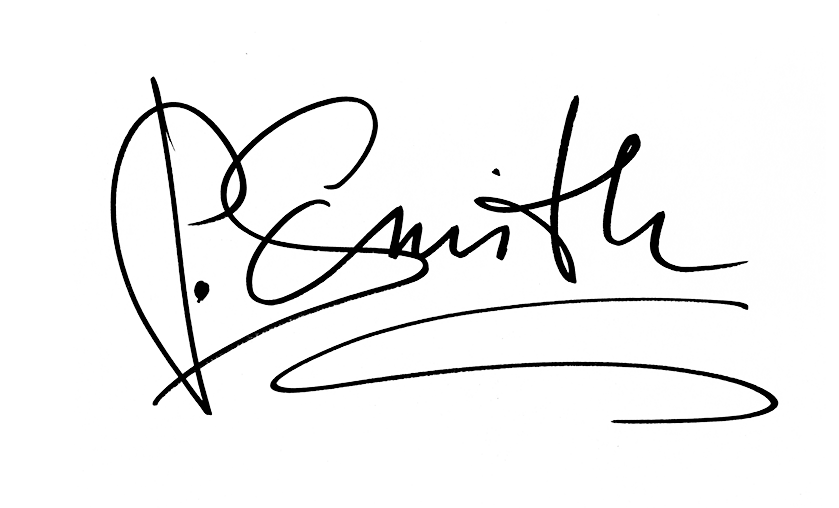
SOLUTIONS FOR
URBAN & LANDSCAPE ARCHITECTURE
RARE LABS INC.
This is where your text starts. You can click here to start typing. Aperiam eaque ipsa quae ab illo inventore veritatis et quasi architecto beatae vitae dicta sunt.
Berners-Lee's achievement was to wed hypertext to the Internet. In his book Weaving The Web, he clarifies that he had over and over proposed that a marriage between the two advancements was conceivable to individuals from both specialized networks, yet when nobody took up his welcome, he at long last expected the venture himself. Simultaneously, he created three fundamental innovations:
an arrangement of all inclusive interesting identifiers for assets on the Web and somewhere else, the widespread record identifier (UDI), later known as uniform asset locator (URL) and uniform asset identifier (URI);
the distributing dialect HyperText Markup Language (HTML);
the Hypertext Transfer Protocol (HTTP).[24]
The World Wide Web had various contrasts from other hypertext frameworks accessible at the time. The Web required just unidirectional connections as opposed to bidirectional ones, making it feasible for somebody to connection to another asset without activity by the proprietor of that asset. It additionally essentially decreased the trouble of executing web servers and programs (in contrast with prior frameworks), yet thusly displayed the constant issue of connection decay. Dissimilar to ancestors, for example, HyperCard, the World Wide Web was non-exclusive, making it conceivable to create servers and customers freely and to include augmentations without authorizing limitations. On 30 April 1993, CERN reported that the World Wide Web would be allowed to anybody, without any charges due.[25] Coming two months after the declaration that the server usage of the Gopher convention was never again allowed to utilize, this created a fast move far from Gopher and towards the Web. An early prominent internet browser was ViolaWWW for Unix and the X Windowing System.
Robert Cailliau, Jean-François Abramatic, and Tim Berners-Lee at the tenth commemoration of the World Wide Web Consortium.
Researchers for the most part concur that a defining moment for the World Wide Web started with the introduction[26] of the Mosaic web browser[27] in 1993, a graphical program created by a group at the National Center for Supercomputing Applications at the University of Illinois at Urbana- Champaign (NCSA-UIUC), driven by Marc Andreessen. Subsidizing for Mosaic originated from the US High-Performance Computing and Communications Initiative and the High Performance Computing Act of 1991, one of a few processing improvements started by US Senator Al Gore.[28] Prior to the arrival of Mosaic, illustrations were not ordinarily blended with content in pages and the web's ubiquity was not as much as more seasoned conventions being used over the Internet, for example, Gopher and Wide Area Information Servers (WAIS). Mosaic's graphical UI enabled the Web to end up, by a wide margin, the most prominent Internet convention. The World Wide Web Consortium (W3C) was established by Tim Berners-Lee after he cleared out the European Organization for Nuclear Research (CERN) in October 1994. It was established at the Massachusetts Institute of Technology Laboratory for Computer Science (MIT/LCS) with help from the Defense Advanced Research Projects Agency (DARPA), which had spearheaded the Internet; after a year, a second webpage was established at INRIA (a French national PC inquire about lab) with help from the European Commission DG InfSo; and in 1996, a third mainland website was made in Japan at Keio University. Before the finish of 1994, the aggregate number of sites was still moderately little, yet numerous remarkable sites were at that point dynamic that foreshadowed or motivated the present most mainstream administrations.
Associated by the Internet, different sites were made the world over. This propelled universal gauges advancement for conventions and designing. Berners-Lee kept on remaining engaged with directing the advancement of web models, for example, the markup dialects to create website pages and he upheld his vision of a Semantic Web. The World Wide Web empowered the spread of data over the Internet through a simple to-utilize and adaptable organization. It in this manner assumed an essential job in promoting utilization of the Internet.[29] Although the two terms are in some cases conflated in famous utilize, World Wide Web isn't synonymous with Internet.[30] The Web is a data space containing hyperlinked reports and different assets, recognized by their URIs.[31] It is executed as both customer and server programming utilizing Internet conventions, for example, TCP/IP and HTTP. Berners-Lee was knighted in 2004 by Queen Elizabeth II for "administrations to the worldwide improvement of the Internet"
.
AT RARE LABS WE CREATE MORE THAN JUST HOUSING
How to Access Your Wi-Fi Router's Settings
Berners-Lee's achievement was to wed hypertext to the Internet. In his book Weaving The Web, he clarifies that he had over and over proposed that a marriage between the two advancements was conceivable to individuals from both specialized networks, yet when nobody took up his welcome, he at long last expected the venture himself. Simultaneously, he created three fundamental innovations:
an arrangement of all inclusive interesting identifiers for assets on the Web and somewhere else, the widespread record identifier (UDI), later known as uniform asset locator (URL) and uniform asset identifier (URI);
the distributing dialect HyperText Markup Language (HTML);
the Hypertext Transfer Protocol (HTTP).[24]
The World Wide Web had various contrasts from other hypertext frameworks accessible at the time. The Web required just unidirectional connections as opposed to bidirectional ones, making it feasible for somebody to connection to another asset without activity by the proprietor of that asset. It additionally essentially decreased the trouble of executing web servers and programs (in contrast with prior frameworks), yet thusly displayed the constant issue of connection decay. Dissimilar to ancestors, for example, HyperCard, the World Wide Web was non-exclusive, making it conceivable to create servers and customers freely and to include augmentations without authorizing limitations. On 30 April 1993, CERN reported that the World Wide Web would be allowed to anybody, without any charges due.[25] Coming two months after the declaration that the server usage of the Gopher convention was never again allowed to utilize, this created a fast move far from Gopher and towards the Web. An early prominent internet browser was ViolaWWW for Unix and the X Windowing System.
Robert Cailliau, Jean-François Abramatic, and Tim Berners-Lee at the tenth commemoration of the World Wide Web Consortium.
Researchers for the most part concur that a defining moment for the World Wide Web started with the introduction[26] of the Mosaic web browser[27] in 1993, a graphical program created by a group at the National Center for Supercomputing Applications at the University of Illinois at Urbana- Champaign (NCSA-UIUC), driven by Marc Andreessen. Subsidizing for Mosaic originated from the US High-Performance Computing and Communications Initiative and the High Performance Computing Act of 1991, one of a few processing improvements started by US Senator Al Gore.[28] Prior to the arrival of Mosaic, illustrations were not ordinarily blended with content in pages and the web's ubiquity was not as much as more seasoned conventions being used over the Internet, for example, Gopher and Wide Area Information Servers (WAIS). Mosaic's graphical UI enabled the Web to end up, by a wide margin, the most prominent Internet convention. The World Wide Web Consortium (W3C) was established by Tim Berners-Lee after he cleared out the European Organization for Nuclear Research (CERN) in October 1994. It was established at the Massachusetts Institute of Technology Laboratory for Computer Science (MIT/LCS) with help from the Defense Advanced Research Projects Agency (DARPA), which had spearheaded the Internet; after a year, a second webpage was established at INRIA (a French national PC inquire about lab) with help from the European Commission DG InfSo; and in 1996, a third mainland website was made in Japan at Keio University. Before the finish of 1994, the aggregate number of sites was still moderately little, yet numerous remarkable sites were at that point dynamic that foreshadowed or motivated the present most mainstream administrations.
Associated by the Internet, different sites were made the world over. This propelled universal gauges advancement for conventions and designing. Berners-Lee kept on remaining engaged with directing the advancement of web models, for example, the markup dialects to create website pages and he upheld his vision of a Semantic Web. The World Wide Web empowered the spread of data over the Internet through a simple to-utilize and adaptable organization. It in this manner assumed an essential job in promoting utilization of the Internet.[29] Although the two terms are in some cases conflated in famous utilize, World Wide Web isn't synonymous with Internet.[30] The Web is a data space containing hyperlinked reports and different assets, recognized by their URIs.[31] It is executed as both customer and server programming utilizing Internet conventions, for example, TCP/IP and HTTP. Berners-Lee was knighted in 2004 by Queen Elizabeth II for "administrations to the worldwide improvement of the Internet"
.

